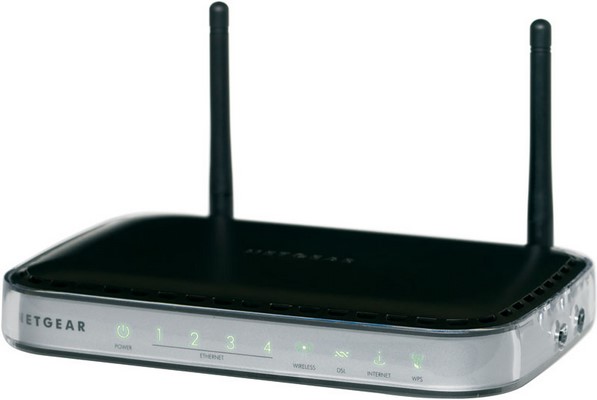
04 Aug Wireless Modems 101
A wireless modem is simply a device that can connect to a wireless network. Although they are known for being associated with telephone systems, wireless modems have other uses. They are used with computers to give Internet access.
The Internet access is provided by the modem’s Internet Service Provider (ISP). When it comes to connection speeds, wireless modems can match the speeds of dialup modems. They however fail to match the speeds of broadband connections.
Wireless modem interfaces
A number of wireless modems can be directly connected to a computer, notebook or PDA. The various interfaces employed include USB, Compact Flash, PCMCIA and Serial Port. The rest of the wireless modems utilize mobile telephones, converting them into wireless modems.
The Hayes command set is responsible for managing the controls in a wireless modem. It is very crucial in the functioning of a modem. Wireless modems are becoming more and more available in the market.
How wireless modems work
Cellphones or PDAs are converted into wireless access points and end up providing a wireless modem network. Other devices can then be connected to the cellphone, using it as a peripheral modem. All this is achieved through a Point-to-Point Protocol, or P2P in short. It uses the service provider of the cellphone.
For computers that lack Wi-Fi connection capabilities, there are products in the market that solve this problem. There are USB, FireWire and Serial modems that offer access to Wi-Fi networks. These make use of microwave frequencies to gain access to gain access to computer networks.
Wireless modems come in various shapes and sizes, with some as small as regular flash drives. In the past, the most widely used wireless modems were PCMCIA cards. These would connect to a port on the user’s computer and provide them with an Internet connection.
Networks used by wireless modems
There are varied wireless modem networks today, with each modem being design to operate on a specific network. These networks include CDPD, EDHE and GPRS.

Sorry, the comment form is closed at this time.